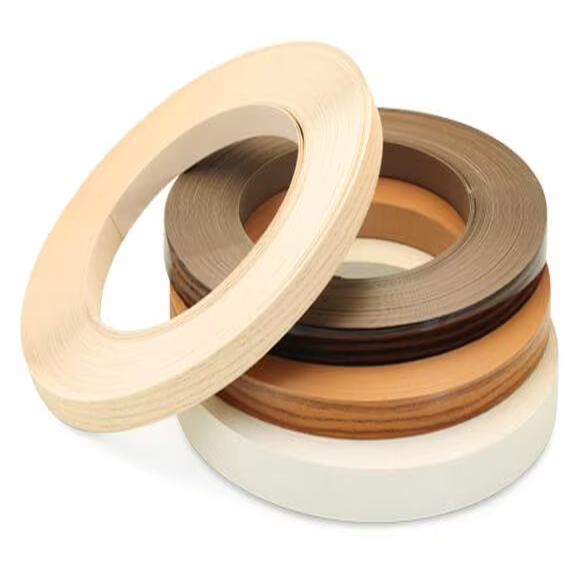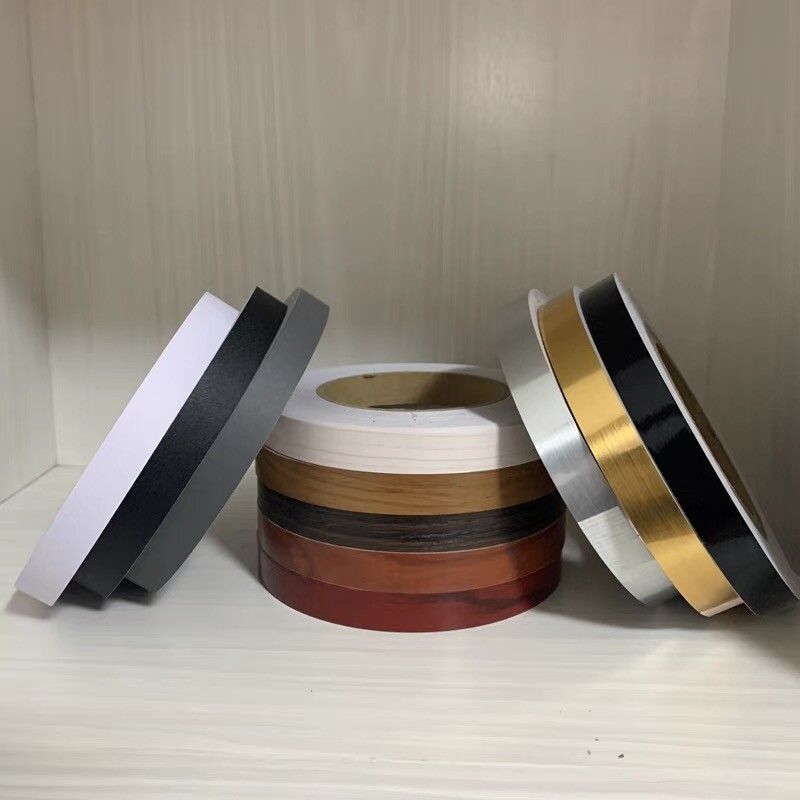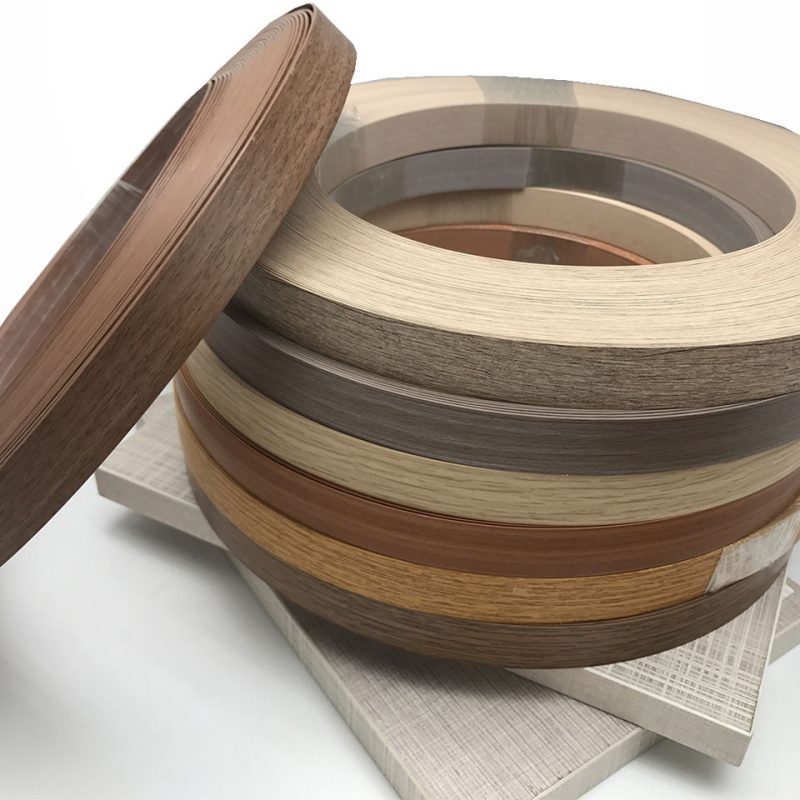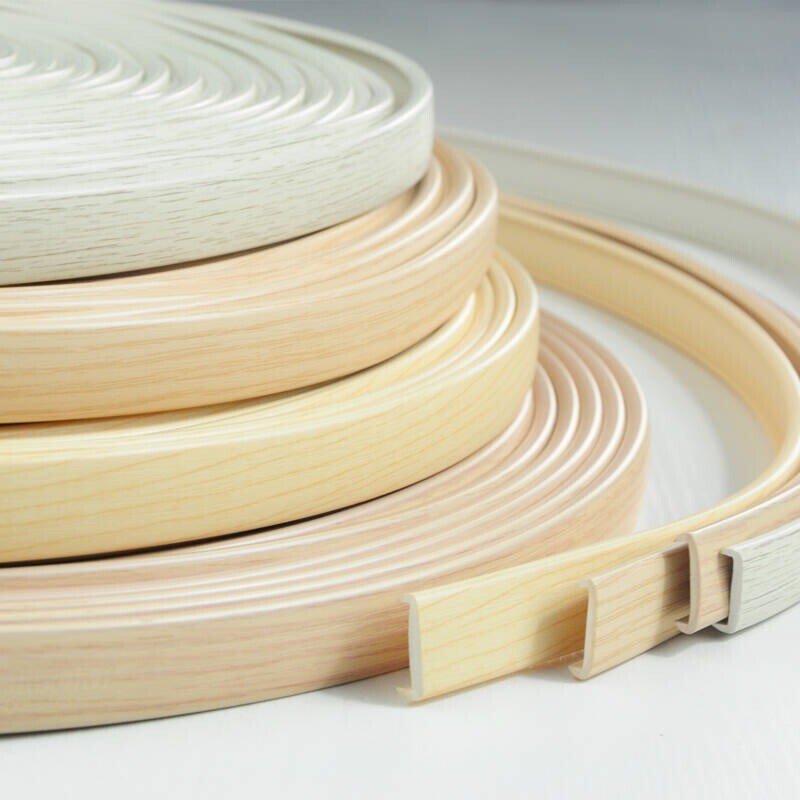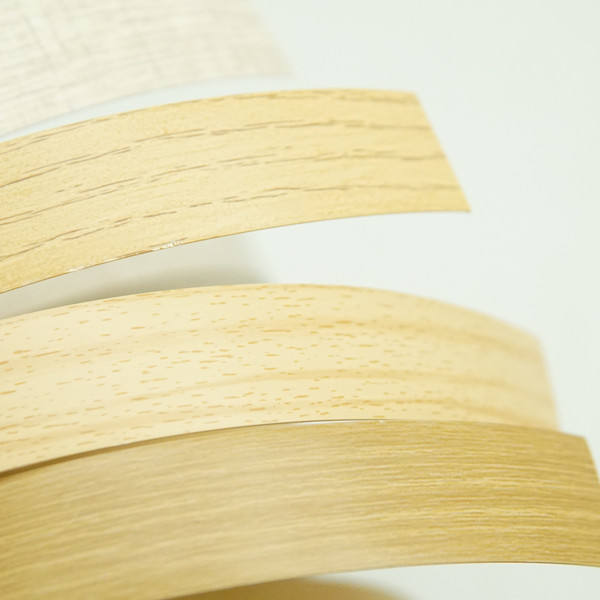We specialize in providing comprehensive furniture solutions, offering both ODM and OEM services.
News
Plywood vs Birch Plywood - Which one's better?
Aesthetic appeal -
Regular plywood is made using solid timber fragments and a wood veneer with a thickness of at least 3mm, packed together using several layers of veneer. Despite being made using several layers of veneer, plywood comes with a refined solid wood finish, making it hard to distinguish between both.
If you're looking for something that's wood but not entirely wood, plywoods are your best bet. Decorative plywoods even come with a hardwood veneer and come in all wood colour palettes for you to pick and choose from.
In terms of aesthetics, your options for customisation are very similar in both plywood as well as birch plywood. Choose from a wide range of acrylic birch or acrylic glass birch plywoods here.
Utility and application -
Because of its lightweight and highly durable nature, plywood has been used as a go-to material for kitchen furnishings, living room tables, shelves, cupboards and more. Having high durability and similar-to-wood properties, plywood is often used to build construction sites, not just in indoor spaces.
Over the years, plywood has made for an all-around affordable and easier option when compared to solid wood furniture.
Strength and durability -
Plywood has been a trusted substitute for solid wood when it comes to furnishing, namely because its cross-grain texture prevents it from splitting. Unlike solid wood, plywood does not break easily when hammered.
This wood-based substitute can take just as much load, if not more, as regular, solid wood does. The compact and laminated make of birch plywood ensures that weight is distributed evenly, reducing the material's tensile strength. Plywood is one of the best substitutes to wood, mainly for its strength and durability.
Even though regular plywood is made using layers of veneer, birch plywood is much more resistant to wear and tear than regular plywood. A cross-banded veneer finish gives birch plywoods that edge over other plywoods, making them a range of robust, hardwood plies.
Grades of plywood -
Unlike regular plywood, birch plywood is known for having multiple lamination layers and almost no spaces or voids. So if you're looking for something structurally tighter than the aesthetics, birch plywood is a much sturdier and lighter option.
Birch plies also have grades of plywoods based on the type of face veneer that is used. Owing to its consistent nature, mild colouring, durability and blemish-free surface, birch plywoods have become a favourite among plywoods.
Environment-friendly -
In light of the ceaseless cutting down of trees, plywood is a lot more sustainable than solid wood as it is made using multiple thin layers of wood that's glued together using an adhesive. As it is made up of multiple other layers of wood veneers, the finished product is more tensile than wood, prone to splitting, and stronger than any other type of engineered wood.
When combined with the fact that plywood is so easily available, is easily renewable, more affordable than solid wood, and can be replaced quicker than any other material, it makes birch plywood arguably one of the strongest and most environmentally friendly substitutes to solid wood.
Latest articles
 The excellent performance of edge-sealed plywood2025-05-23
The excellent performance of edge-sealed plywood2025-05-23 Personal DIY Plywood Edge Banding Guide2025-05-23
Personal DIY Plywood Edge Banding Guide2025-05-23 What are the similarities and differences between laser edge banding and ordinary edge banding?2025-05-22
What are the similarities and differences between laser edge banding and ordinary edge banding?2025-05-22 The manufacturing process and differences of edge banding strips2025-05-22
The manufacturing process and differences of edge banding strips2025-05-22 What Is PVC Edge Banding?2025-05-22
What Is PVC Edge Banding?2025-05-22
Ask For A Quick Quote
If you are looking for more information on our services, or how we could potentially help, we would love to hear from you!

